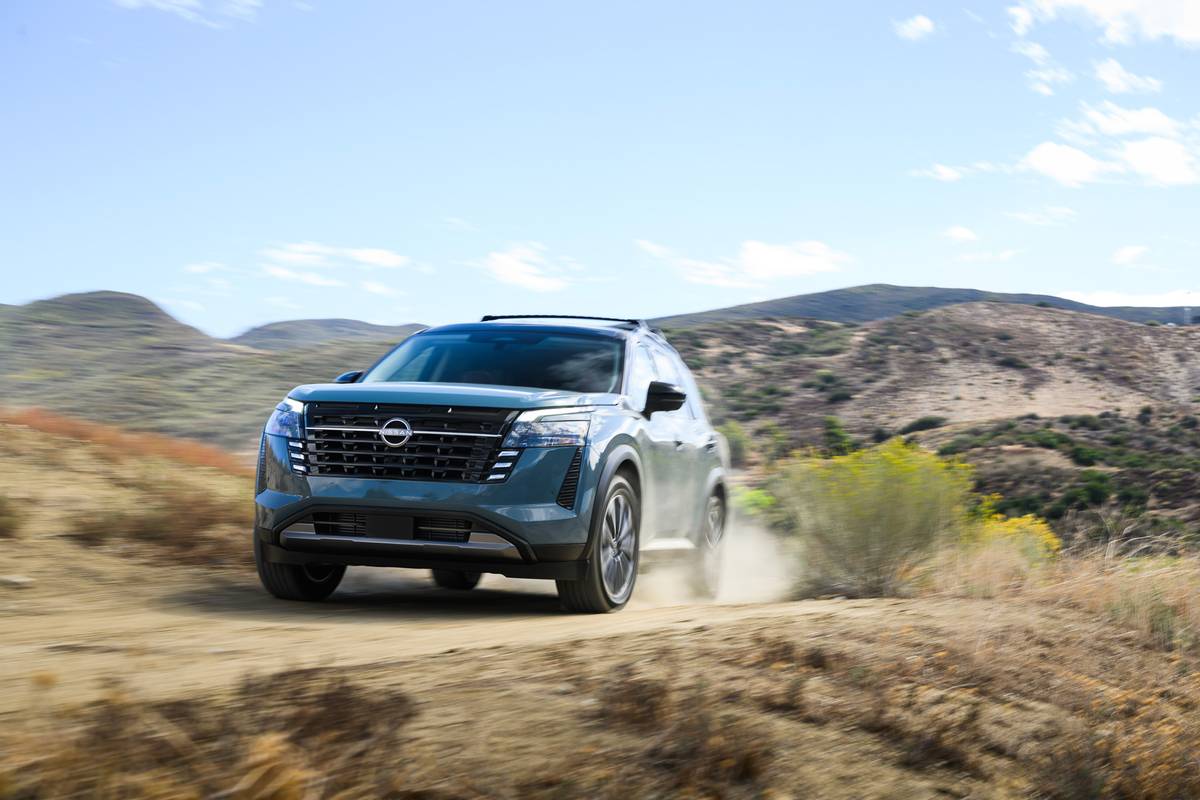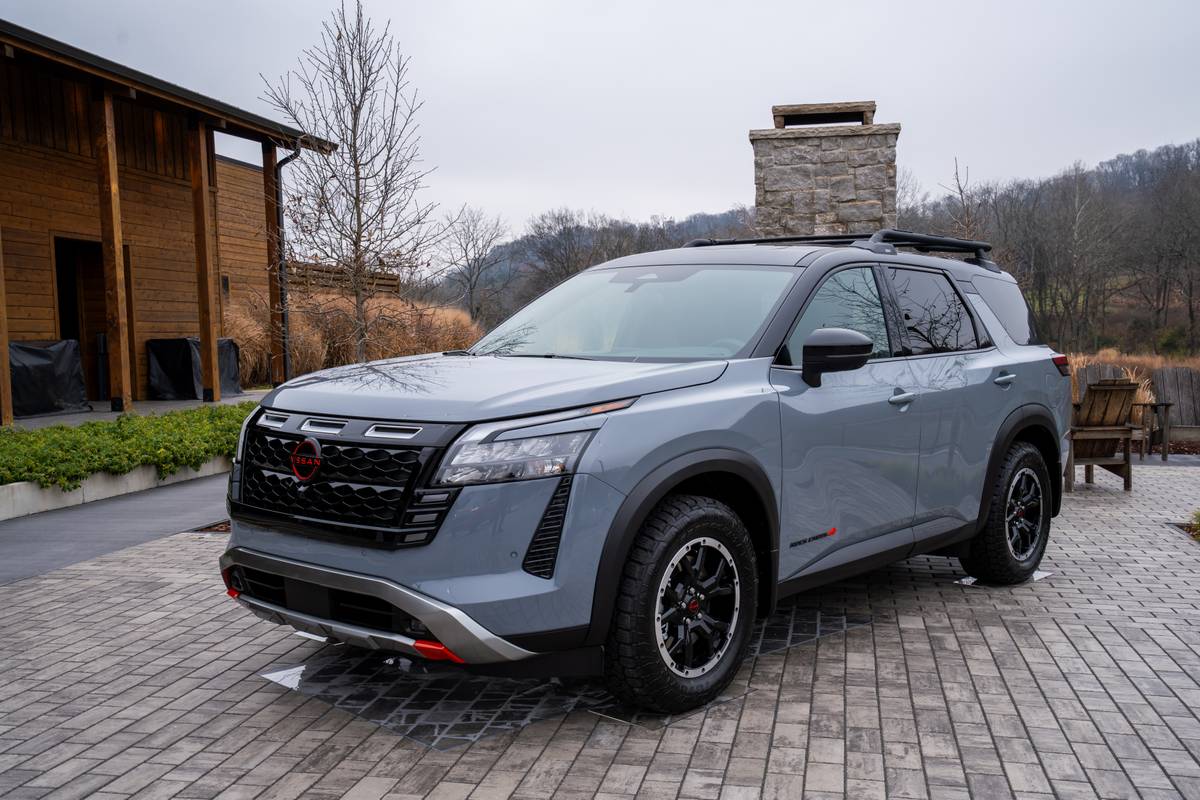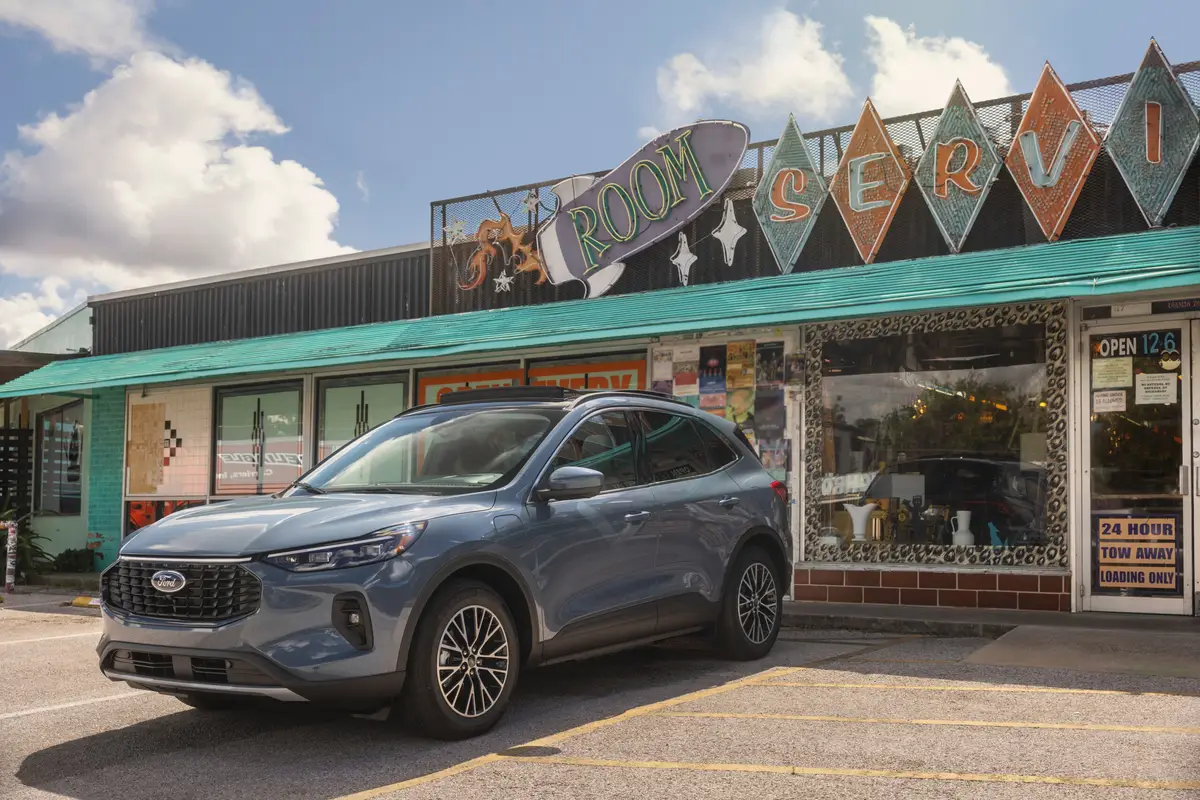The Morning Call and Mcall.com's view
Mercury Grand Marquis is one of the last of the traditional big cars. You know, those V-8-powered, rear-wheel-drive, body-on-frame, battleship-proportioned sedans that used to roam the landscape in great numbers back when life was simpler and gasoline was cheaper.
But the Grand Marquis, in fact, is one of the best sellers in the Lincoln- Mercury Division. This despite going against the industry adage that new sheet metal sells. The Grand Marquis is now in its 10th year with virtually the same sheet metal and platform and it looks as good as ever. But then there are not that many ways one could go with a big four-door sedan.
To go back farther, Mercury itself is celebrating its 50th anniversary this year. In 50 years there have been a lot of Mercurys sold. Enough, one would think, that Ford Motor Co. would come out with a special edition model to commemorate the anniversary. Well, that was the intent, but a funny thing happened on the way to the assembly line; the project was forgotten, despite advance publicity.
All is not lost, however. Haldeman Lincoln-Mercury, Allentown, supplier of the test car, decided to come out with its own anniversary Grand Marquis, which features a unique roof and rear-window treatment and appropriate cloisonnes.
The test car was an LS model, which is nearly indistinguishable from the slightly less-expensive GS except for some interior touches. Both models are luxurious and loaded with all kinds of standard equipment – all at what could be considered a moderate price these days, especially for something so big and so rich looking.
Just how big, you may well ask. Well, how about a wheelbase of 114.3 inches, length of 214.3 inches, width of 77.5 inches, height of 55.5 inches and curb weight of 3,763 pounds? Not as large as a brontosaur but impressive nevertheless.
The EPA volume index is 133 cubic feet (111 passenger compartment and 22 cargo), a figure only exceeded by the Lincoln Town Car. Well, nothing like keeping it in the family. This means there is room for six large passengers and lots of luggage. And no one has to scrunch up; leg room is a maximum of 43.5 inches in front and a minimum of 39.3 inches in the back.
Size alone may intimidate those who are used to driving small cars. Tucked in behind the wheel, the forward view reveals a hood almost large enough to land a helicopter. A glance in the rearview mirror never seems to end. And, unless one has arms as long as a gorilla, don’t try to reach over and open the passenger side door. Here’s a car that swallows up all but the very large.
Luckily, with power this, power that and a large greenhouse expanse, the Grand Marquis is as easy to drive as any other car. That is, in a straight line. Because of its length and width, a little more judgment is required in traffic and to park, which shouldn’t take long to learn.
The ride, as should be expected in a luxu ry car, is super smooth. Even handling, which was never intended to be this car’s forte, isn’t bad at all. There’s some roll but no rock on hard corners and it takes a slightly larger radius in making U-turns.
The suspension features coil springs all around with lower arm with a ball-joint setup in front and a four-bar link system in the rear. Steering for once is not by rack-and-pinion but rather recirculating ball, which in the not too distant past was the main steering system in American cars.
The test car had the optional automatic leveling system, and, as the name implies, keeps the car on an even keel. A very good option for large loads, either in the trunk or passenger compartment. Another option is heavy-duty suspension, something to consider if one intends to tow. Also, if towing, order the Trailer Two III package with 5,000-pound load capacity.
Powering the Grand Marquis is the 5-liter/302-cubic-inch V-8, a perennial if there ever was one. F rd has several versions of this engine. The version in the Grand Marquis features sequential multi-port fuel injection and is rated at 150 horsepower at 3,200 rpm and 270 foot pounds torque at 2,000 rpm. (The version with Trailer Tow III produces 10 more horsepower and 10 more foot pounds torque.)
Performance is good. While 150 horses may not sound impressive in a car this size, the 270 foot pounds torque are and it is torque that moves the bulk. The four-speed automatic overdrive transmission, another proven unit, is smooth. Don’t worry, be happy; just stomp on it and let the transmission do the thinking and the 302 V-8 the work.
The overdrive transmission also helps highway fuel mileage. The test car averaged 12 miles per gallon for city driving and 22 mpg over the highway. As a bonus, unleaded regular can be used.
Base price for the LS is $17,213 and includes enough equipment to make most people happy. But why not be happier and get more? Options on the test car included Preferred Equipment Package 172B (more luxury and convenience items), $1,866; load leveling, $195; ”Traction-Lok” axle, $100; conventional spare, $73; premium sound system, $168, and Clearcoat paint, $226. When totaled, adding on a delivery charge of $505 and deducting a discount on options of $650, the final line came to $19,696.
The car is protected by a 12-month/12,000-mile basic warranty, a six-year/ 60,000-mile powertrain warranty and a six-year/100,000-mile corrosion perforation warranty.
Latest news



